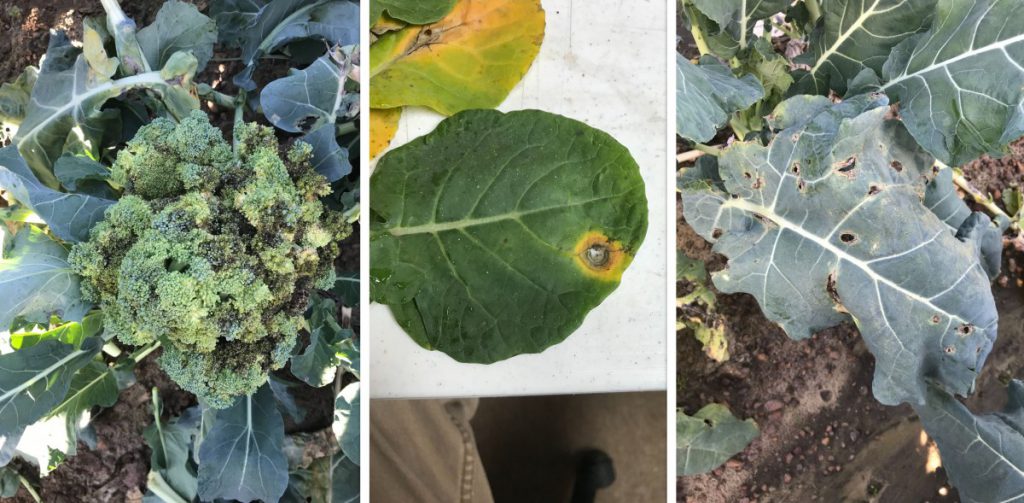
Broccoli is a specialty crop known for its nutritional and culinary values and 129,400 acres are grown in the United States with an annual farm-gate value of $927 million dollars in 2017. California is the largest producer of broccoli with an area and farm-gate value of 119,000 acres and $158 million dollars, respectively. Broccoli is also popular and grown throughout the eastern U.S. from ME to FL. In the eastern U.S., leading states in broccoli production are: NY (area: 8400 acres; farm-gate value: $58 million), FL (area: 7800 acres; farm-gate value: $49 million), GA (area: 3700 acres; farm-gate value: $20 million), and VA (area: 1200 acres; farm-gate value: $7 million) accounting for more than 60% of production on the east coast. The states like GA, FL, SC, and NC grow broccoli in both spring and fall whereas NY, VA, ME, DE grow broccoli only in the fall. As a result, there is a year-round supply of broccoli from the southeastern and northeastern states for eastern U.S. consumers.

Broccoli growers in the eastern U.S. face numerous abiotic and biotic challenges, of which, weeds, insect pests, and disease issues are the most prominent. Among diseases, Alternaria blight and head rot (ABHR; a fungal disease caused by Alternaria sp.) is an emerging threat to brassica production including broccoli, kale, cabbage, cauliflower, and mustard greens. Alternaria blight and head rot (ABHR) in broccoli can severely impact yields and increase production costs in the absence of effective control options and is a threat to the long-term viability and profitability of the industry. A coordinated, multi-state effort is required to determine pathogen biology, population structure, and fungicide resistance profile of Alternaria sp. causing ABHR in broccoli. Assessing the effect of specific production practices, environmental conditions, and inoculum sources on disease outbreaks would be used to design practical, economically viable, and environmentally-sound strategies to limit losses to ABHR.

This website aims to relay information to the stakeholders and update general progress in research and extension objectives outlined in the USDA-NIFA-SCRI project.